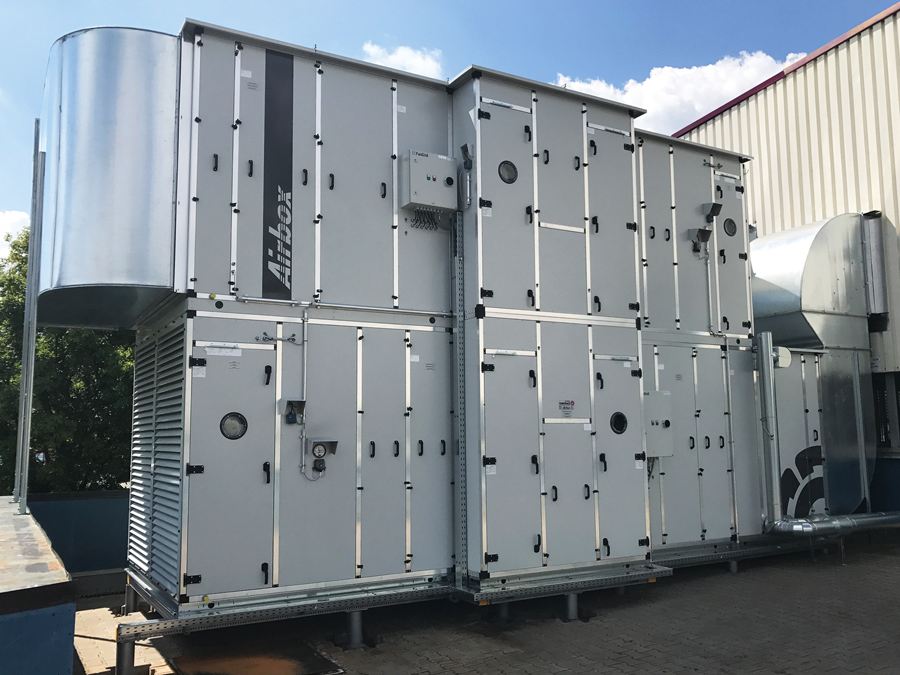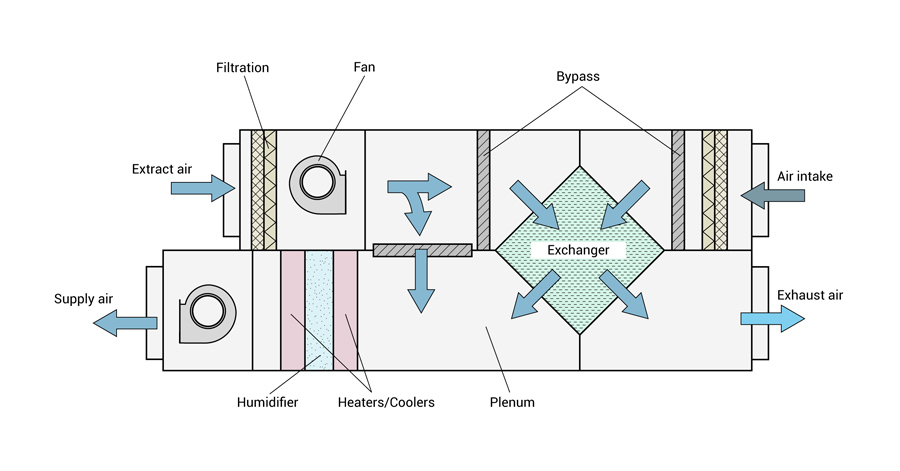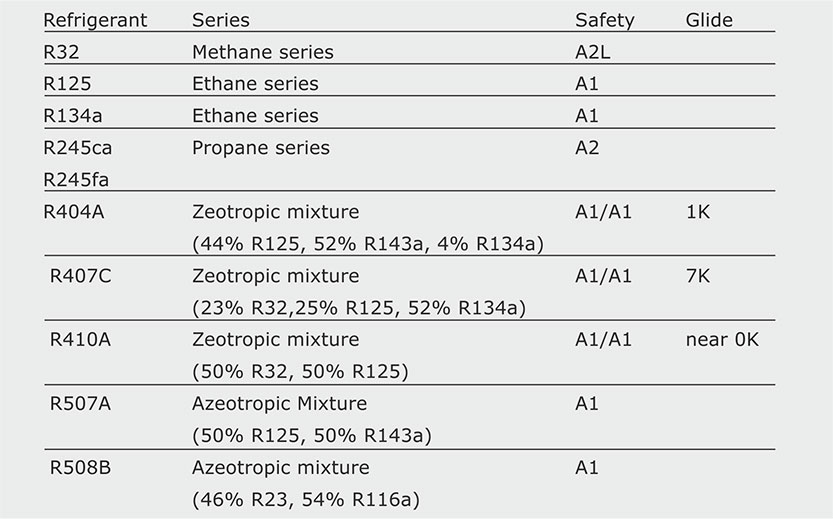An air handling unit, commonly called an AHU, is the composition of elements mounted in large, accessible box-shaped units called modules, which house the appropriate ventilation requirements for purifying, air-conditioning or renewing the indoor air in a building or premises.
They are usually installed on the roof of buildings and, through ducts, the air is circulated to reach each of the rooms in the building in question.

Main functions of an AHU
In addition to managing the proper ventilation of the interior with outside air, the AHU performs other functions:
- Filtration and control of the quality of the air that will reach the interior, thanks to the air purification filters, and depending on the retention of these filters, the air will be clean.
- Control of the air temperature that regulates the air conditioning system in cold or hot, so that the thermal sensation in the interior is the desired one.
- Relative humidity monitoring for greater indoor comfort.
For its part, the places for which the AHU is intended are those in which the flow of people is very large and accumulates many people at the same time and whose natural ventilation is limited: hotel dining rooms, function rooms, restaurants, convention halls... It is also a suitable option for those spaces with very high hygiene requirements: laboratories, clean rooms or operating theatres, among others. An AHU can also be used to ventilate places where air conditioning is provided by radiators or underfloor heating, for example.
What does an AHU consist of?

- Air intake: air handling units collect air from outside, which is treated and distributed throughout the rooms; and/or indoor air that is "recycled".
- Filter: depending on the air purity requirements, the filter applied will have a higher or lower particle, viruses, bacteria, odours, and other air pollutants retention.
- Fan: this is an electromechanical system that powers the air to expel it from the AHU to the ducts that distribute the air throughout the rooms.
- Heat exchangers: devices that transfer temperature between two fluids, in this case, coolant and air, separated by a solid barrier.
- Cooling coil: the air passing through this module is cooled. In this process, water droplets can be generated, which are collected in a condensate tray thanks to the built-in droplet separator.
- Silencer: coatings that considerably reduce the sound level of the installation.
- Plenums: empty spaces in which the air flow is homogenised.
Energy efficiency of AHUs
The ultimate aim of an air handling unit is energy efficiency and this is mandatory since 2016 by the European Ecodesign Regulation 1235/2014.
By having heat recovery units, the AHU reduces the use of energy required in air conditioning, as in the exchanger, the indoor and outdoor air is mixed, so that when the air reaches the coil the temperature contrast is lower, therefore, the climatic contribution is also lower and energy consumption is also reduced.
Likewise, the variable regulation of the equipment means that the fans can work according to the flow rate needs, reducing their consumption.







